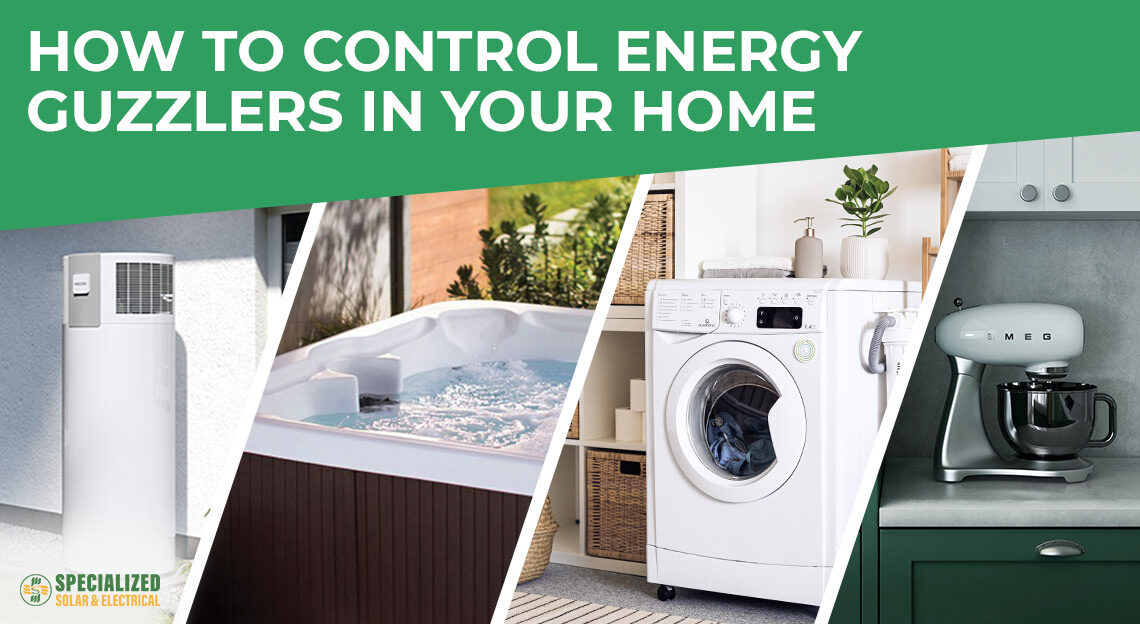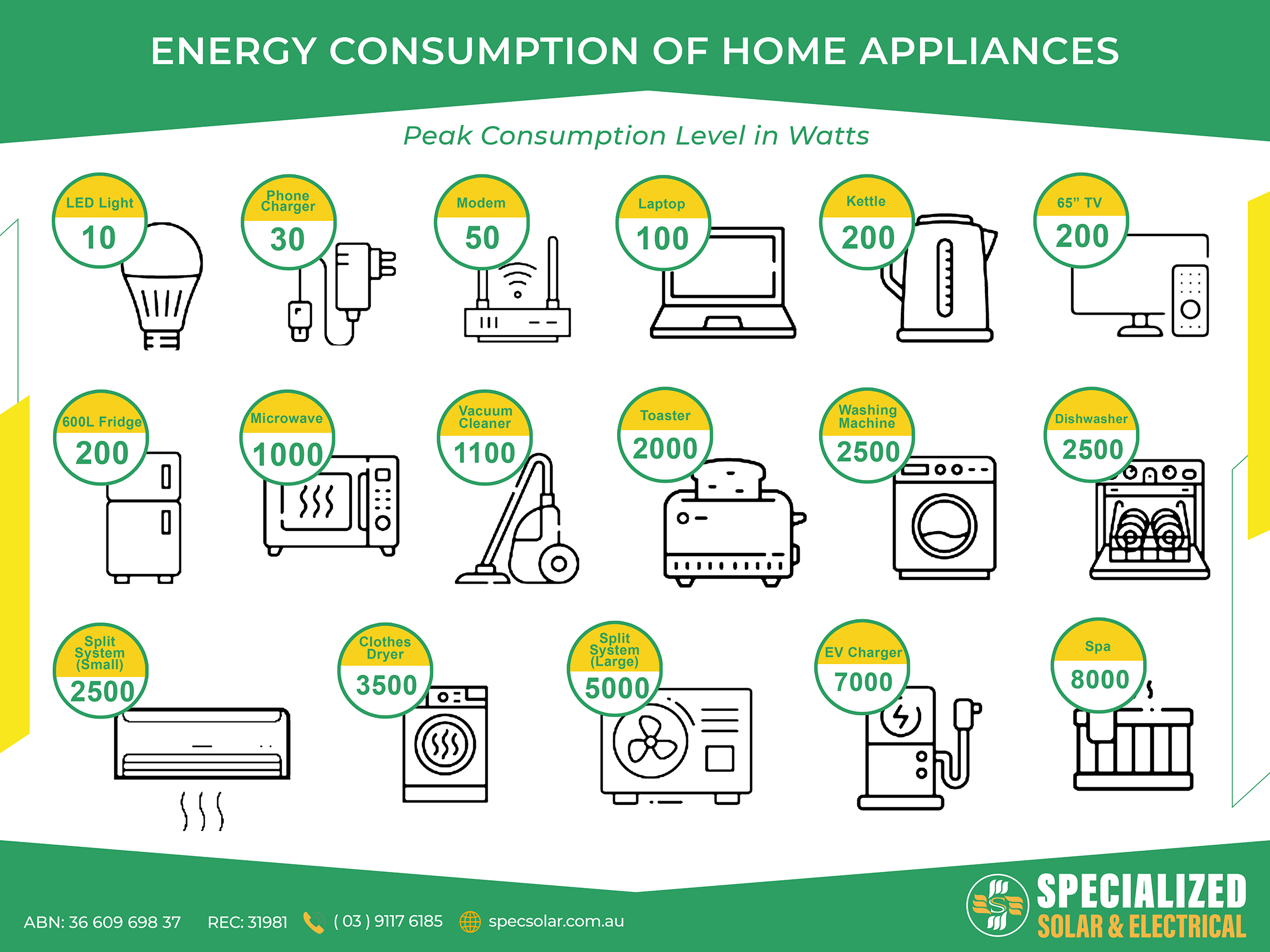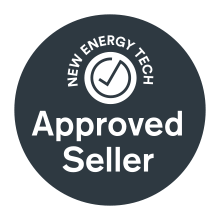With gas and electricity prices going through the roof, tackling the energy guzzlers in your home is more important than ever.
This blog explains what the top five energy guzzlers are in most Victorian homes – and what you can do about them.
1. Heating and cooling
Up to 40% of household energy bills
Heating and cooling systems are the biggest energy user in most Victorian homes, accounting for up to 40% of the typical household energy bill. Heating generally takes the lion’s share at around 30% of the bill, with cooling making up the difference. That means taking a close look at how you heat your home is the most important action you can take to lower your energy costs. And if you’re wondering which heating systems have the highest running costs, the answer is: electric portable heaters, electric in-slab heating and gas ducted central heating according to yourhome.gov.au.
What you can do
In addition to standard improvements like draught proofing and insulation, the best way to save money on heating and cooling your home is to upgrade to an energy efficient reverse-cycle air conditioner. According to yourhome.gov.au, heat pumps (including reverse cycle air-conditioners) are the most energy-efficient combined heating and cooling system you can buy.
The benefits of reverse-cycle air conditioners include:
- Lowest cost method for heating and cooling Victorian homes (source: Sustainability Victoria)
- 65% cheaper to run than gas ducted central heating
- 70% cheaper to run than electric in-slab heating
- Even cheaper to run when teamed with solar panels and/or a solar battery
- Highly energy efficient
- A good reverse cycle split system will generate up to five times more energy than it consumes
- Flexible and low-cost of entry
- Whole-home or single room system
- Choose a split system for a single room, right up to a ducted reverse-cycle air conditioning system with zoned temperature control for your entire home
2. Appliances
Up to 25% of household energy bills
The appliances that use the most electricity in Aussie homes are (in ranked order):
- Spa
- Pool pump
- Clothes dryer
- Dishwasher
- Washing machine
- Fridge/freezer
- TV
What you do can
Whilst we all love our luxuries, what can you do to make sure these appliances don’t cause a big dent in your bank balance?
Ultimately, the best way to do this is:
- Choose the most energy efficient model possible (based on the Energy Rating)
- Turn off appliances at the wall when they’re not in use (not the fridge freezer though!)
- Get a big enough solar panel system to power everything in your home. Bigger is better when it comes to solar. 8-10kW of solar panels is the new average size solar panel system on Australian homes. However, if you’re looking to fully electrify your home and car down the track, going even bigger will provide you with more options.
- Get consumption monitoring as part of your solar system: Don’t just measure your solar generation. To get a proper understanding of how much electricity your appliances are using, get electricity consumption monitoring installed with your solar power system.
- Install a 10kWh+ solar battery to provide free electricity to power your appliances when the sun’s not shining.
3. Hot water
Up to 20% of household energy bills
Those long hot showers are lovely, but they can chew up your energy bill. Old-style resistive electric hot water systems are the most expensive way to heat your household water, followed by gas (both storage and instantaneous). They’re also bad for the environment, that’s why the Victorian Government has rebate programs in place to switch Victorian households off electric and gas hot water systems, onto energy efficient renewable hot water systems.
What you can do
The best hot water system for Victorian homes is a heat pump hot water system. It’s the cheapest to run and it’s the best for the environment, according to Sustainability Victoria. It also qualifies for rebates from the Victorian and federal governments making a heat pump hot water system one of the most affordable hot water systems you can buy.
A heat pump hot water system works by extracting heat from the outside air (even on cold days) and transfers it – using a heat exchanger – to heat water in a storage tank. It works on the same principle as a refrigerator, only in reverse.
- Benefits of a heat pump hot water system:
- Cuts your hot water heating bills by up to 80%
- Even cheaper to run when teamed with solar
- Acts as a form of energy storage utilizing your excess solar electricity
- Provides plenty of hot water, whenever you need it
- Reduces your CO2 emissions from hot water heating, by up to 75%
- Works effectively even in sub-zero temperatures
4. Lighting
Up to 10% of household energy bills
Lighting represents a smaller proportion of most people’s total energy bills. But it still pays to switch off the lights when you don’t need them. While individual light bulbs do not consume large amounts of electricity, the average Australian home contains 37 light bulbs. So, choosing efficient and well-designed lighting can still save you energy and money.
What you can do
Light bulb technology has improved dramatically in recent years. LED lights use around 80% less electricity to produce the same amount of light as a halogen bulb. They’re also a lot more efficient than compact fluorescent light bulbs (CFLs), and last twice as long – plus they switch on instantly and don’t contain any mercury.
So, the best way to reduce your lighting costs are:
- Upgrade to LEDs
- Use natural light where possible
- Consider task lighting – i.e., over your workspace/desk – instead of lighting the whole room
- Switch off, where possible!
5. Cooking
Up to 5% of household energy bills
Whilst many people love their gas stovetops, is sticking with gas worth it? If you’re looking to make your home all-electric, keeping the gas connection just for cooking is a costly proposition. Plus, it seems that the use of gas in homes is on the way out. The fact that the Victorian Government has published a Gas Substitution Roadmap – a far-reaching plan to support Victorian households get off gas – is an indicator that the days of cooking on gas are numbered.
What you can do
The best way to tackle your cooking energy bills is to switch to an all-electric energy efficient cooker and power it with your own solar energy system. Induction cooktops are a great alternative to the gas stovetop, with a multitude of advantages such as instant heat and easy cleaning. All-electric cookers are also better health-wise as there’s no danger of gas leaks and no risk – certainly with an induction cooktop – of burns caused by an open gas flame.
Want to reduce your energy bills? Talk to us.
If you’re looking for expert advice on the best way to cut your energy costs, get in touch. With our expertise in solar power, battery storage, heat pumps and reverse-cycle air conditioners, we have the know-how to identify the energy culprits in your home and advise you on the best plan of action to tackle them!













